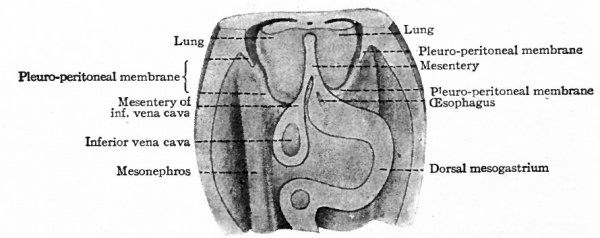"Green and Black Poison Dart Frog." Green and Black Poison Dart Frog. N.p., 2011. Web. 19 Nov. 2014. <http://www.cosleyzoo.org/species/green_and_black_poison_dart_frog.htm>.
"Reproduction." Red-Backed Poison Dart Frog. Weebly, 2011. Web. 19 Nov. 2014. <http://redbackpoisonfrog.weebly.com/reproduction.html>.
"Investigation." Poison Dart Frogs. N.p., n.d. Web. 20 Nov. 2014. <http://tolweb.org/treehouses/?treehouse_id=4740>.
Daly, John W., Charles W. Myers, and Noel Whittaker. "Further classification of skin alkaloids from neotropical poison frogs (Dendrobatidae), with a general survey of toxic/noxious substances in the amphibia." Toxicon 25.10 (1987): 1023-1095.
All Pictures are from: GOOGLE.COM

"Investigation." Poison Dart Frogs. N.p., n.d. Web. 20 Nov. 2014. <http://tolweb.org/treehouses/?treehouse_id=4740>.
Daly, John W., Charles W. Myers, and Noel Whittaker. "Further classification of skin alkaloids from neotropical poison frogs (Dendrobatidae), with a general survey of toxic/noxious substances in the amphibia." Toxicon 25.10 (1987): 1023-1095.
All Pictures are from: GOOGLE.COM
*They are playing Leap Frog =)

